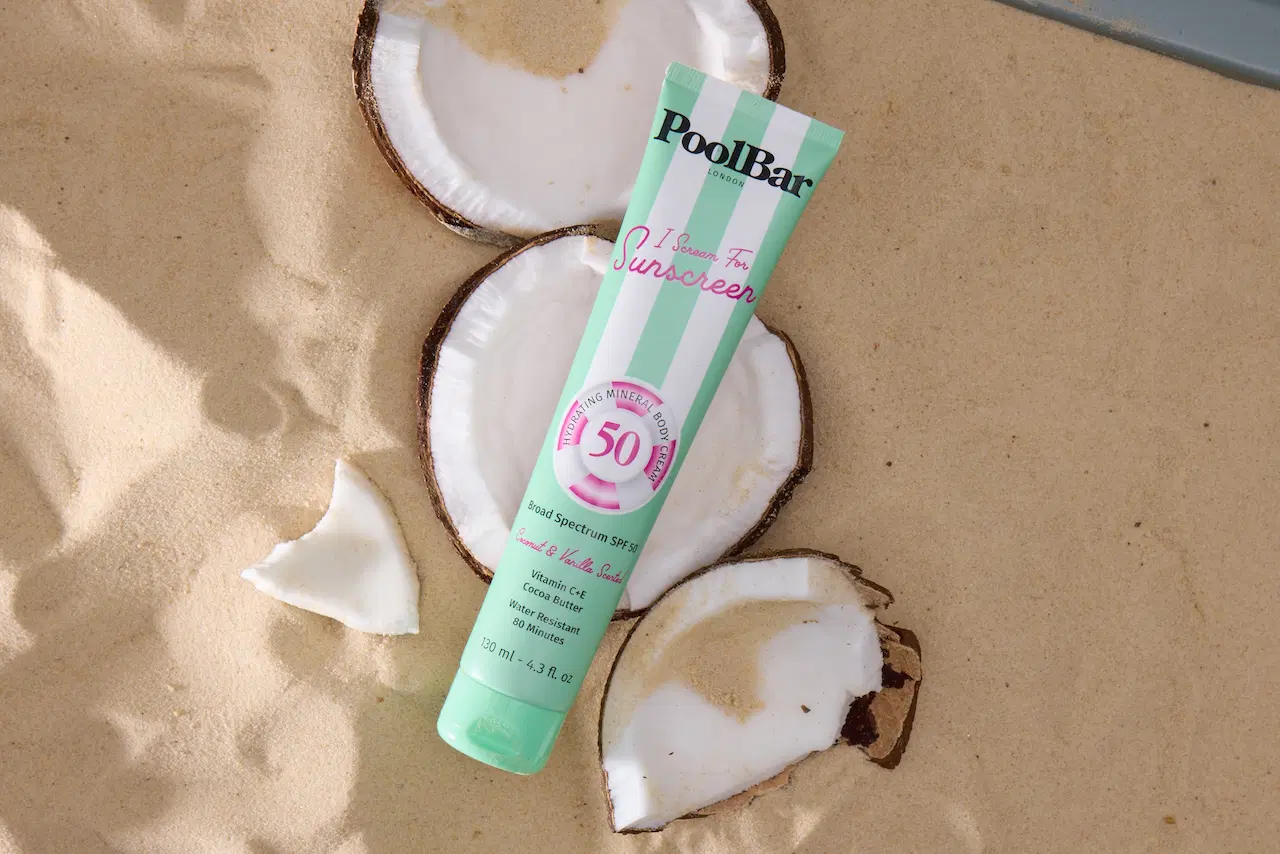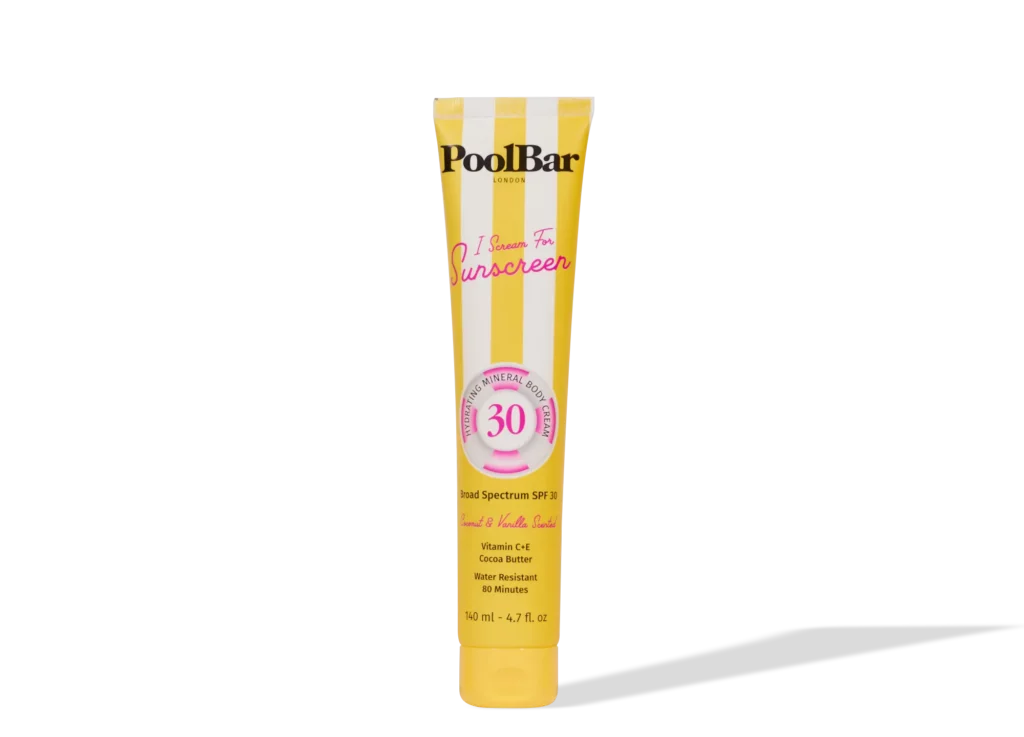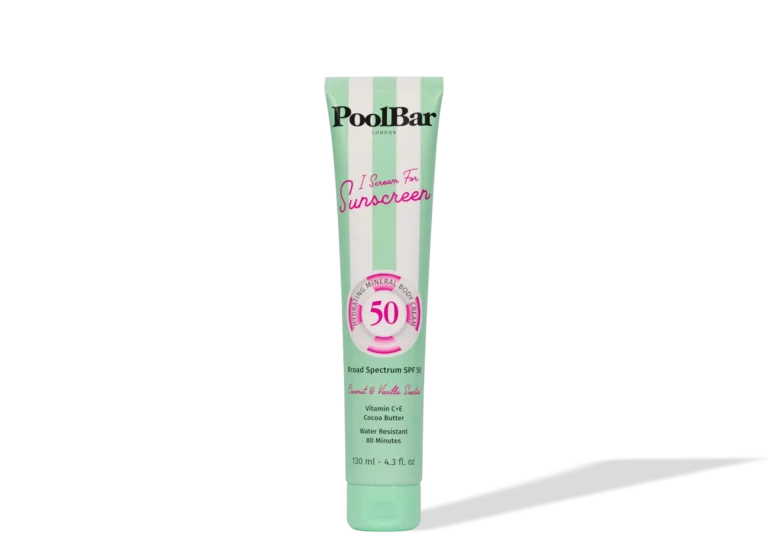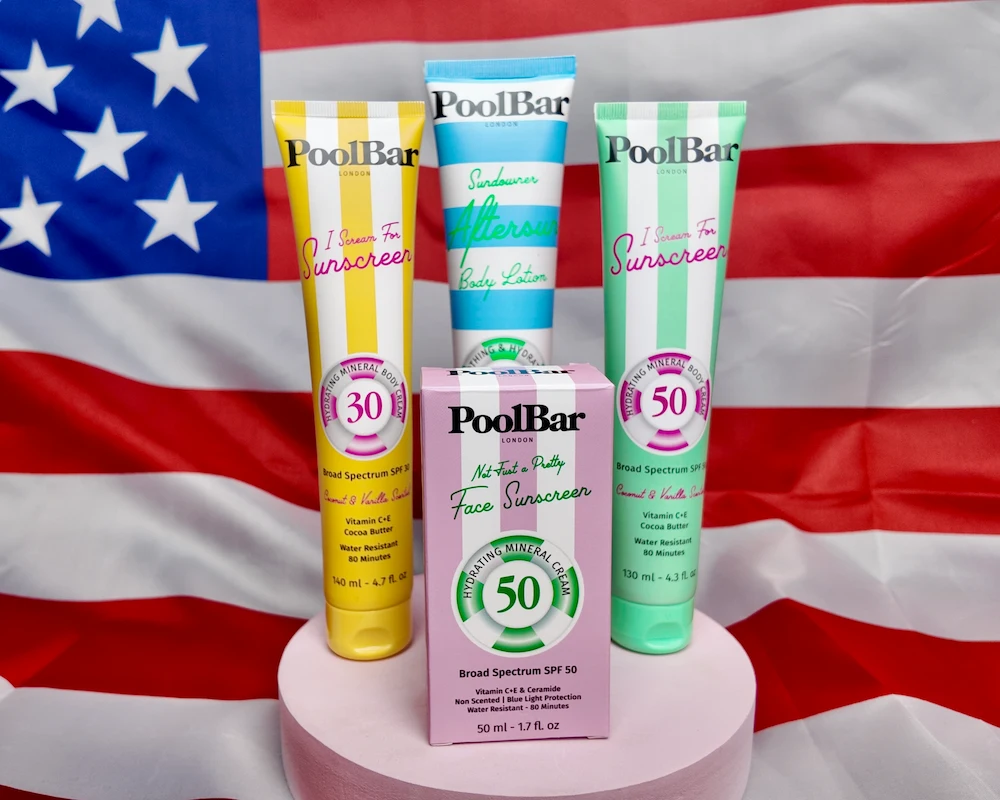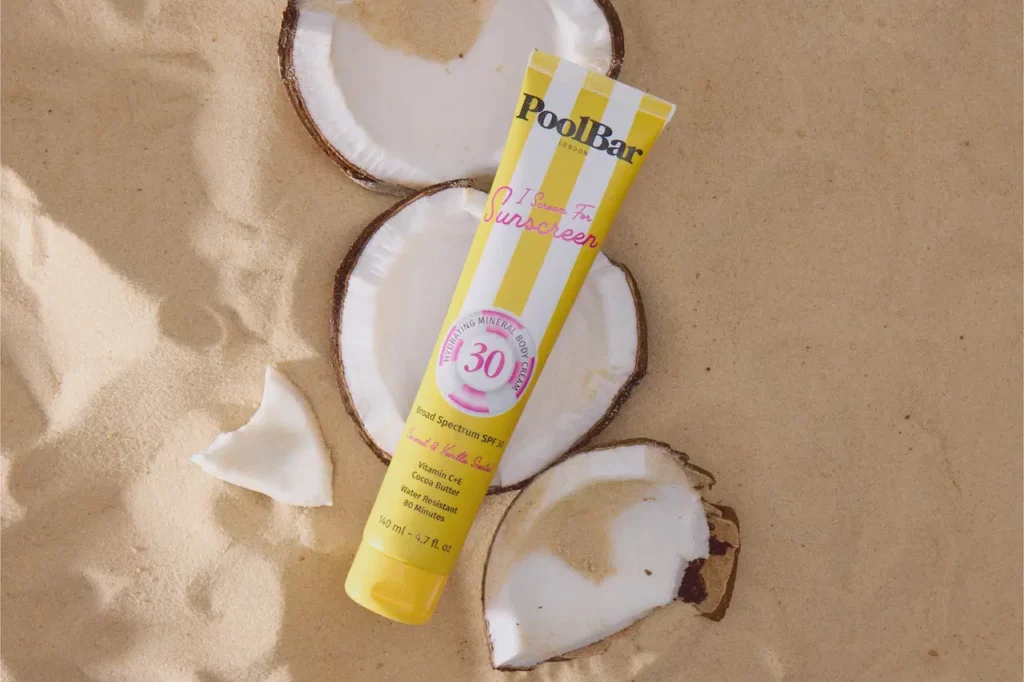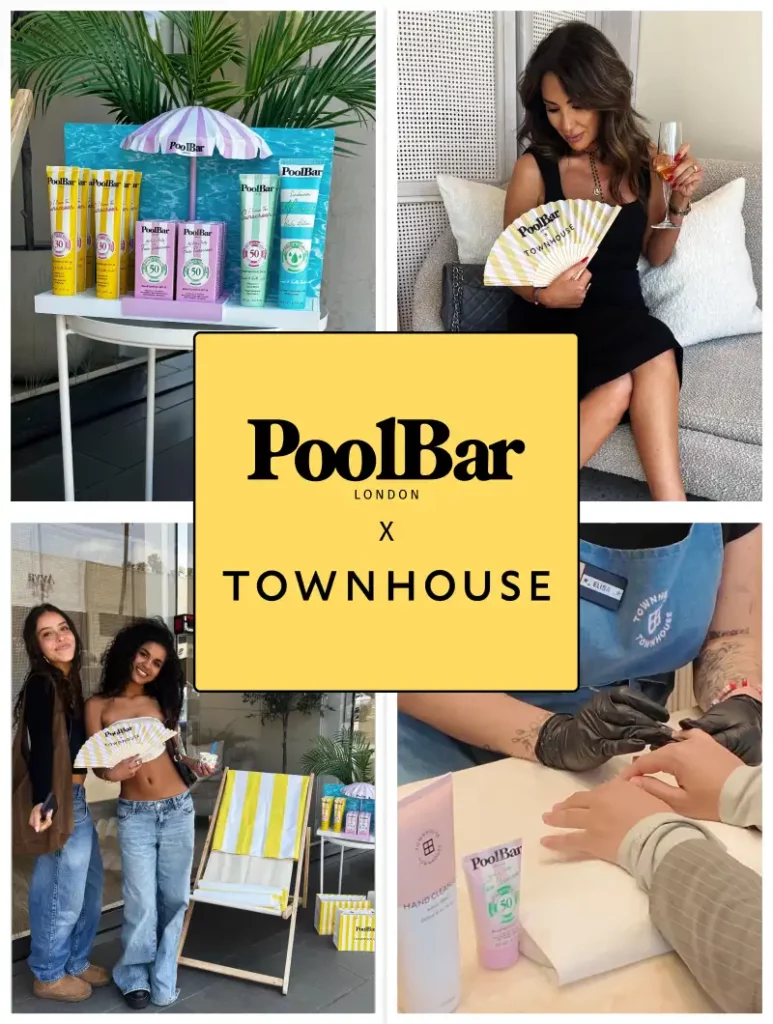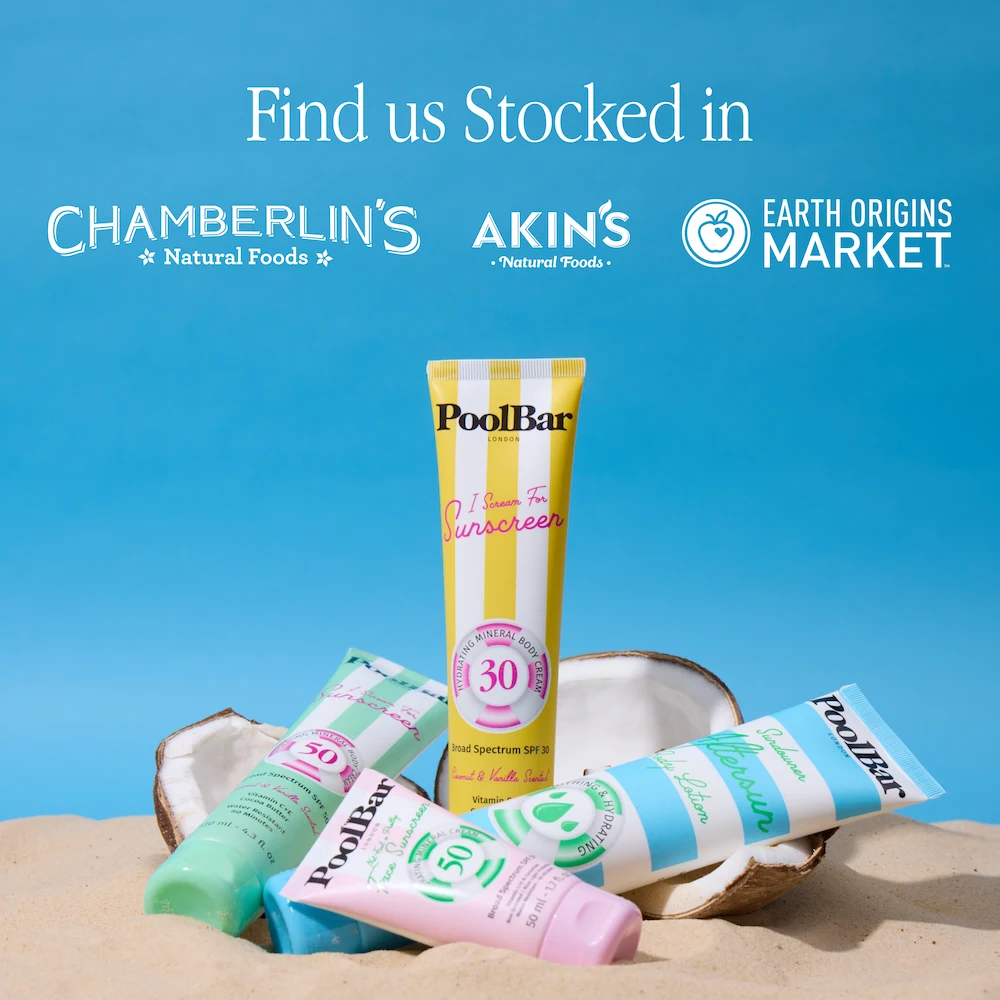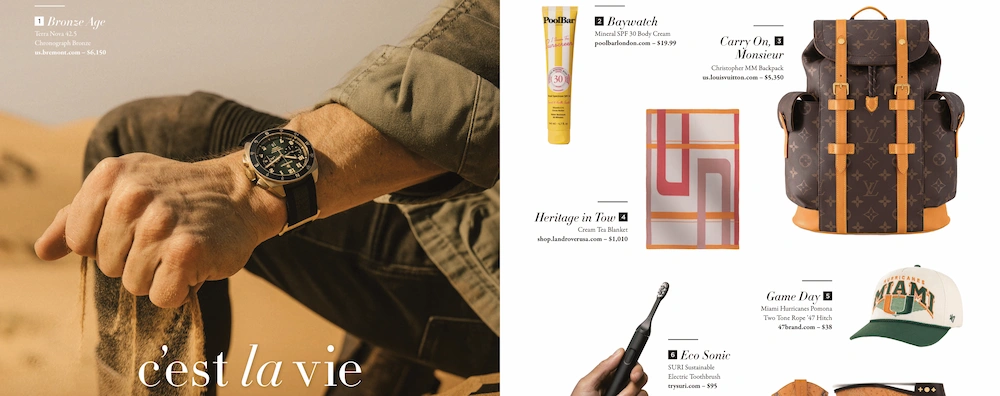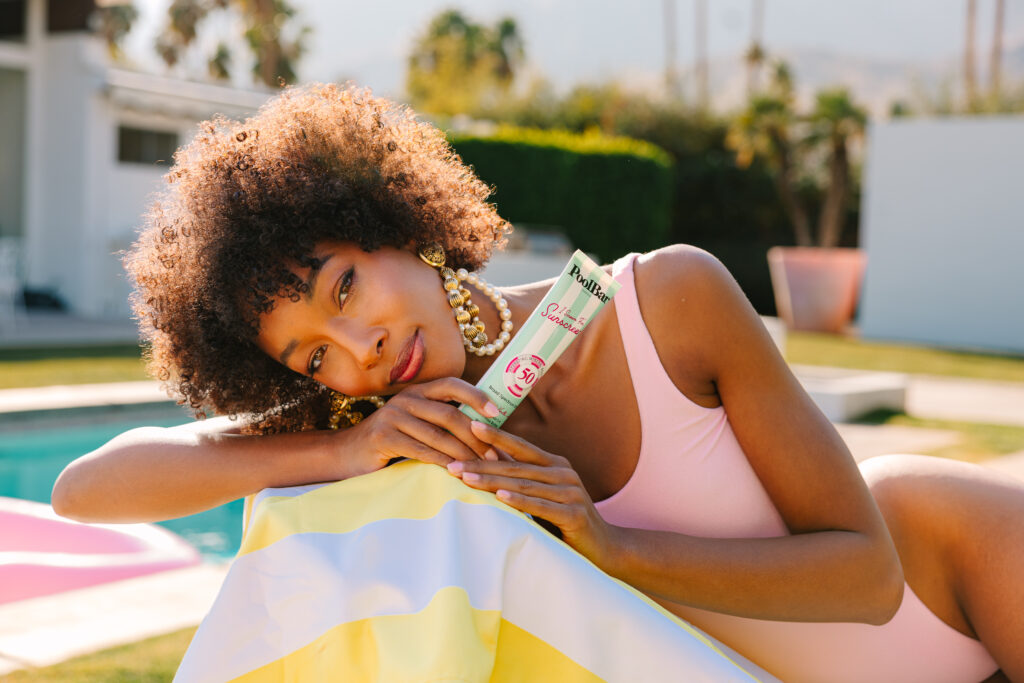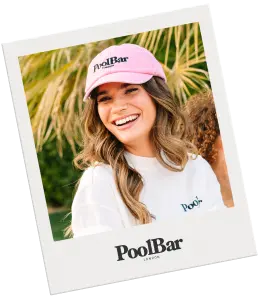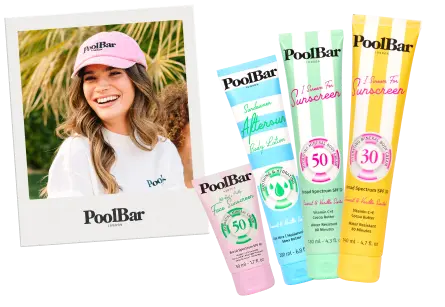When it comes to sun protection, you might have seen the terms UVA and UVB on sunscreen labels, but what do they actually mean? Why should you care about protecting your skin from UVA and UVB rays in particular?
This guide will walk you through what UVA and UVB rays are, why broad-spectrum sunscreen is important and how SPF works.
What Are UVA and UVB Rays?
The sun releases multiple kinds of UV radiation, with UVA and UVB rays being the ones that directly affect your skin.
UVA rays have a longer wavelength, penetrate deeper into skin and are primarily responsible for causing skin aging and long-term skin damage.
UVB rays have a slightly shorter wavelength than UVA rays, do more damage to the skin’s surface, and are the main cause of sunburn.
Both UVA and UVB rays can lead to premature skin aging and contribute to developing skin cancer in the long run, but they work in different ways.
How UVA Rays Cause Skin Aging
UVA rays constitute about 95% of the UV radiation that hits your skin. They’re present all year, even on cloudy days, and can filter through glass, meaning your skin still needs protection when you’re near a window or in the car. The most important thing to understand about UVA rays is that they penetrate deep.
They penetrate deep enough to get to the dermis, the inner layer of your skin where your collagen and elastin, the two proteins that keep skin firm, plump, and elastic, reside. Effects of UVA exposure can:
- Cause the breakdown of collagen, resulting in wrinkles, fine lines, and skin sagging.
- Contribute to the development of uneven skin tone or hyperpigmentation.
- Slow down the rate at which your skin heals.
- Lead to DNA damage, which raises the risk of developing long-term skin cancer.
Since UVA doesn’t produce a visible reaction, such as a sunburn, it can be easy to forget about. That’s what makes it so sneaky, as it’s the invisible force at work behind the scenes. That’s why dermatologists like to call UVA the “aging ray”.
Why UVB Rays Give You Sunburn
UVB rays don’t penetrate as deeply into the skin, but they are higher in energy and primarily impact the epidermis, the outermost layer of your skin.
These rays are stronger during the peak sun hours (10am to 4pm), during summertime, and in areas with more powerful sunlight, such as near the equator or in high-altitude regions.
Here’s how UVB rays work on our bodies:
- Kill skin cells at the surface, which causes redness, pain, and peeling. Also known as a sunburn.
- Kickstart melanin production, which helps give you a tan (which is actually your skin’s SOS response to sun exposure).
- Cause genetic mutations in skin cells that can begin the development of skin cancer, particularly after long-term exposure.
While UVA rays can penetrate glass, UVB cannot. It’s the one that causes more of the visible, short-term damage from the sun. It’s the reason SPF was ever developed to begin with because UVB damage is more immediately visible. So even if your skin tans very easily, or you never burn, UVB rays are still damaging skin deep.

How SPF Ratings Are Calculated
SPF 15 blocks around 93% of UVB rays.
SPF 30 only blocks roughly 97%.
SPF 50 only blocks 98%.
Though the increased SPF does provide greater protection…no sunscreen will be able to block 100% of UV rays. UVA rays are not included in the SPF rating, yet they remain the main culprits of the most severe forms of skin harm, responsible for further skin damage and premature aging.
That’s why UVA protection should be tested separately, and how it’s represented on packaging varies by country. In the U.S., “broad-spectrum” can only be used on a product that has undergone FDA testing for coverage on both UVA and UVB rays.
In Europe, broad-spectrum sunscreens show a UVA logo in a circle, indicating UVA protection is at least a third of the UVB protection. In Asia, you may find a PA rating (PA++, PA+++ etc.), which signifies the level of UVA protection.
This is why it’s important to read the labels and look for protection from both types of UV rays.
What Is Broad-Spectrum SPF & Why Does It Matter?
Broad-spectrum is a term that means your sunscreen is made to protect against both UVA and UVB rays. To earn this broad-spectrum title, a sunscreen must undergo rigorous testing standards to prove it provides adequate protection from both types of rays.
This is to make sure you’re receiving more thorough coverage, not only defense against burning, but against the harm you don’t always notice immediately. Without the broad-spectrum label, even a high SPF product could allow your skin to be at risk for long-term UVA damage.
How to Use Sunscreen Properly
You should use around a shot glass worth of sunscreen to cover your entire body and a teaspoon-sized amount for your face. It’s equally as important to put your sunscreen on 15-30 minutes before going outdoors so it has time to soak into your skin and create an even barrier.
Reapplication is the most essential step, so be sure to reapply every two hours, or more frequently if you’ve been in the water, sweating, or towel drying. Don’t stop at the obvious areas. You’ll need to cover your ears, neck, lips, tops of your feet and backs of your hands. These areas are equally as exposed and just as vulnerable to sun damage.
UVA rays are with us year-round and get through windows, which is why daily UVA protection truly accumulates over time.
The Lasting Effects of UV Exposure
The immediate consequences of sun exposure, such as a suntan and sunburn, may seem trivial, but the real damage occurs over time. UV radiation may change the way your skin behaves under the surface, even if you don’t notice it in the short term.
With time, consistent exposure to UV rays can interfere with the skin’s natural repair process. Over time, this results in permanent changes in skin texture, tone, and elasticity, frequently resulting in skin that looks dry, rough, uneven, or saggy. You may start to see skin get more reactive to products it previously tolerated just fine, or take longer to recover from irritation.
Persistent UV damage can alter the growth and division of skin cells, as those impaired cells can later evolve into types of skin cancer. Regular daily use can accumulate on anyone, regardless of the level of sun exposure or skin color.
Daily sun protection does not only lower your risk of burning, it works to maintain the skin’s natural integrity, clarity and renewal capacity long term.
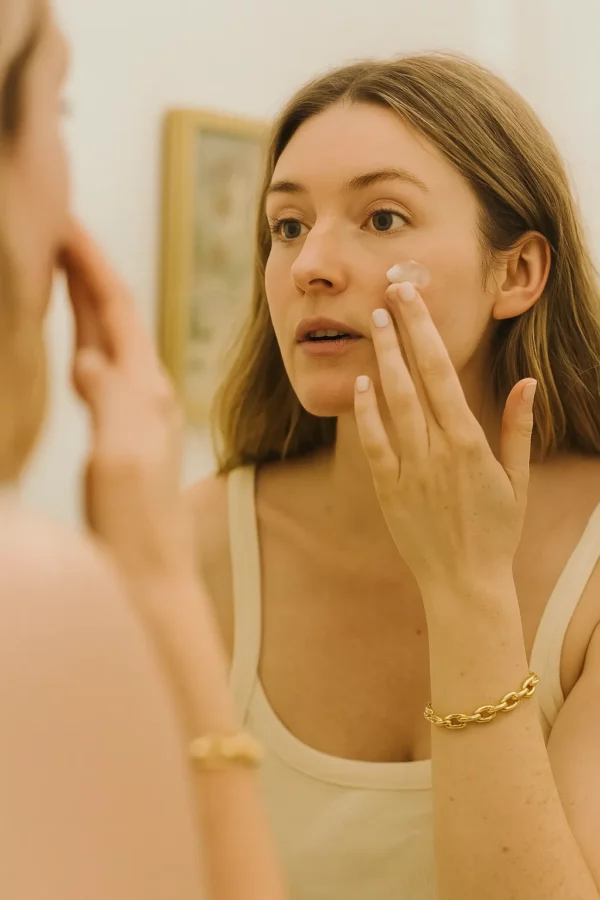
Prepare For a Sunny Day Out
Check the UV Index before heading out, it’s an easy way to see how much protection you’ll need. Apps like UVLens, EPA’s UV Index, or even your weather app can show you the daily risk level, so you know when it’s extra important to layer up the SPF.
How PoolBar Works to Keep Your Skin Safe
PoolBar London’s sunscreens are formulated to provide broad-spectrum protection, shielding you against both UVA and UVB rays.
Our products are lightweight, non-greasy, vegan, and free from potentially harmful filters like oxybenzone and octinoxate, so you can trust them for everyday use.
Healthy Skin Starts Here
Understanding the difference between UVA and UVB rays and the importance of all-around protection is the foundation of effective sun care.
By choosing a broad-spectrum sunscreen and applying it properly every day, you protect your skin’s health and keep it looking radiant for years to come.
Ready to protect your skin with confidence?
Discover PoolBar London’s SPF range here.
